Fox Photography: How To Capture The Beauty
March 26, 2024
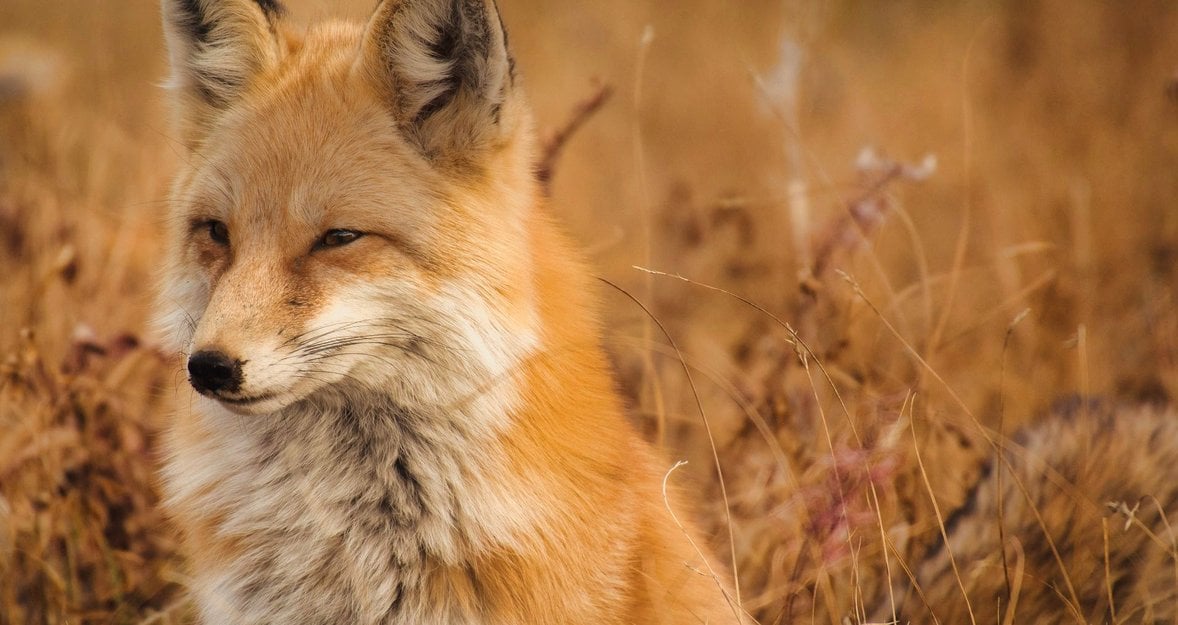
Are you passionate about wildlife? Want to improve your wildlife photography skills? Today, on our blog, we cover the basics and give tips on fox photography. Stay tuned if you love these red critters as much as we do. There will be a lot of interesting things!
Foxes fascinate wildlife photographers with their grace, agility, curiosity, color, and ease of interaction. Their elusive nature, striking features, and graceful movements make them fascinating subjects for photographers seeking to capture the essence of the animal world.
In this article, we delve into the art of fox photography, exploring techniques and wildlife photography tips to capture stunning shots of these red animals in their natural habitat. We will tell you how to prepare and set up the camera to get vivid and natural portraits of foxes. And you will also learn the secrets of dynamic pictures. We'll guide you on this fox photography journey, from researching and understanding wild fox behavior to the photo editing stage with Luminar Neo. Learn how to capture these elusive red brawlers to add their pictures to your wildlife collection.
Understanding Fox Behavior and Habitat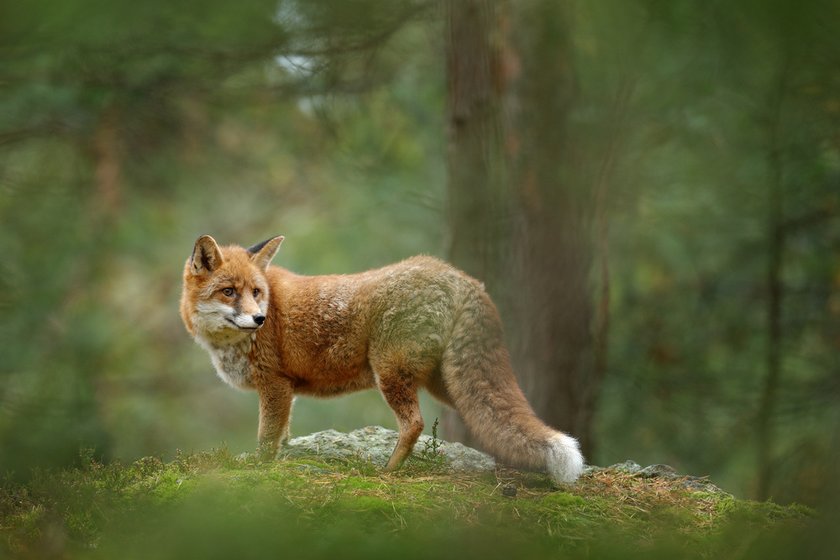
Foxes inhabit different environments — from forests and meadows to urban areas. Research their habitat around your area to increase your chances of meeting these animals and capturing them on camera.
Foxes are most active at dawn and dusk. At this time, they hunt for prey and mark their territory. They often follow established paths, so with patience, you can wait for them in specific places. Knowing where to find fox dens and their typical foraging grounds can go a long way in helping you choose the spot for the best shots.
Observing fox behavior, such as hunting or interacting with other foxes, will help you predict their movements and capture real moments in their natural environment.
Camera Gear and Settings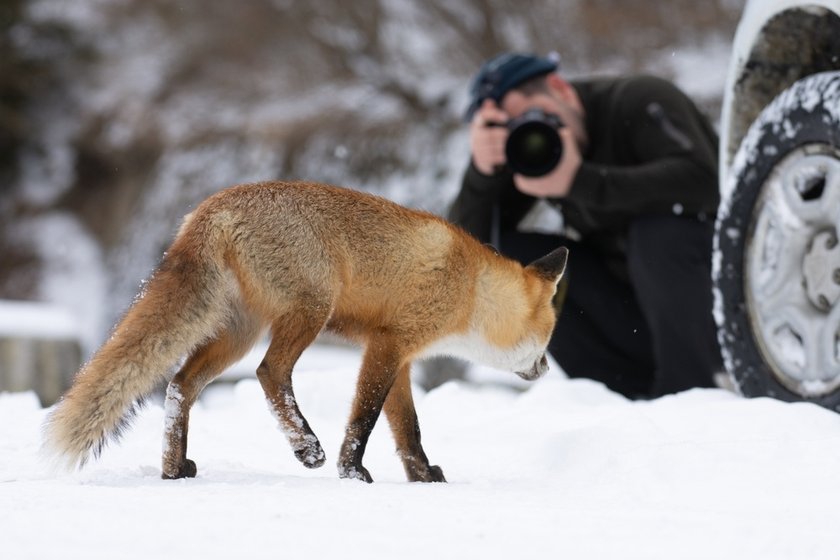
Like any other wild animals, Foxes are best photographed from a distance. It is your mutual safety. Therefore, a telephoto lens with a focal length of at least 200mm is ideal. A wide aperture, such as f/2.8 or wider, will help emphasize the silhouette and add bokeh in the background.
The camera is best set to shoot in aperture priority mode to control the depth of field, allowing the camera to adjust the shutter speed automatically. A short shutter speed is important to freeze the fox's movements and prevent blur, especially in low-light or fast-paced situations. In low-light conditions, set a higher ISO sensitivity.
Advanced yet easy-to-use photo editor
Composition Tips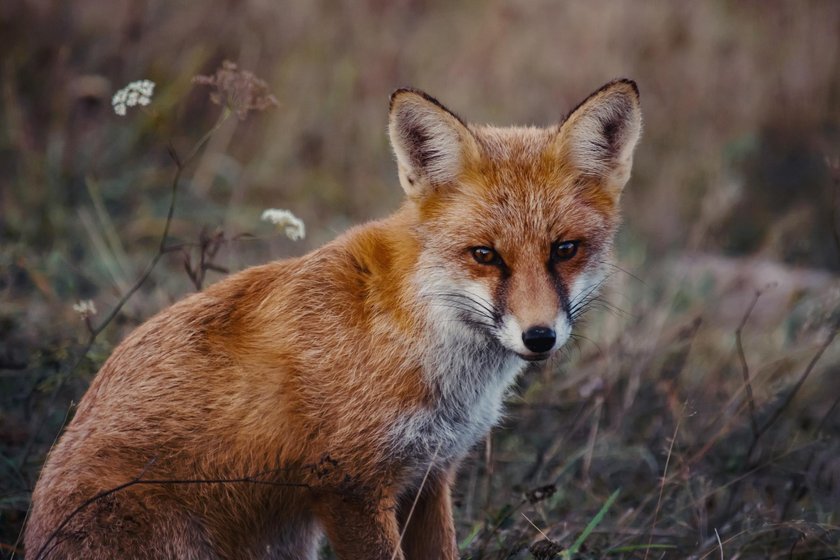
Whether surrounded by trees, foliage, or natural scenery, use these compositional elements to add depth to your image and complement your main subject. Shoot from low angles to convey the fox's height and size without distortion. Also, make pictures of the animal against a vast landscape to show its habitat.
Place the object not in the center but according to the rule of thirds - this will improve the composition. Leave enough space in the frame in the direction the fox is looking or moving to create a sense of movement and anticipation. Please pay attention to the fox's body language and facial expressions, trying to capture moments that convey its natural behavior and character.
Techniques for Action Shots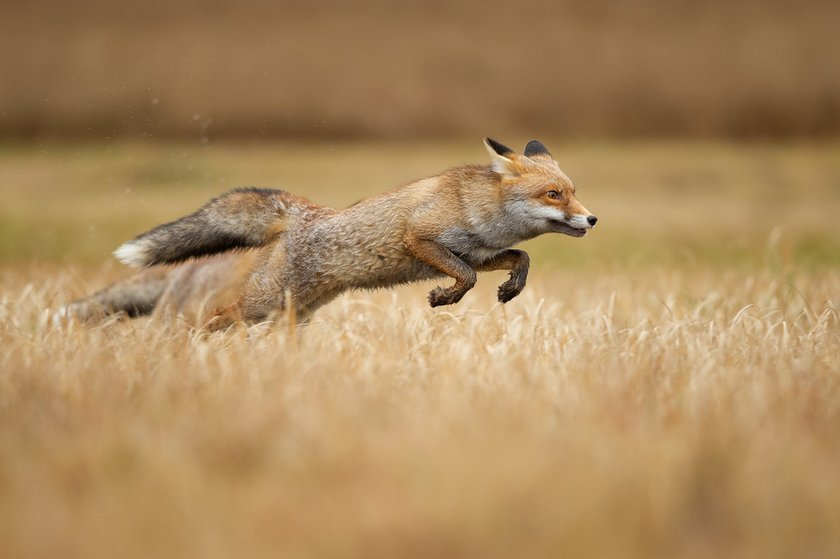
To accurately record the animal's movements, you will need several techniques. One effective method is panning. To blur the background while keeping the fox sharp and showing the dynamics, follow the animal with your camera's movement using a slower shutter speed.
The next method is tracking. Try to anticipate the fox's path and focus on keeping it in the frame as it moves. Continuous autofocus will maintain sharpness while the fox is moving.
Shooting a series of quick shots will increase the probability of capturing the perfect moment of action. Experiment with different techniques and settings to find the approach that best captures the magical movements of these fascinating creatures.
Patience and Persistence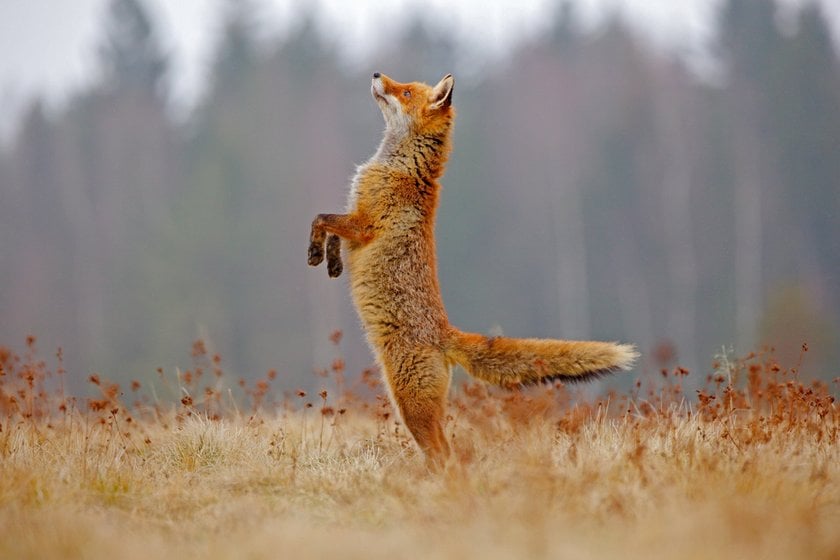
Patience and persistence are the base of wildlife photography. Foxes are quite active but timid animals. Therefore, you need to wait for their appearance and patiently observe them to catch lively shots of their candid state.
Even if you don't succeed in taking good shots on the first try, don't give up. Return to the same spot, observe the fox's behavior, and adjust your techniques accordingly. Embrace the process and enjoy it.
Exclusive Tools of Endless Possibilities in One AI Editor
EXPLORE NOW!Ethical Considerations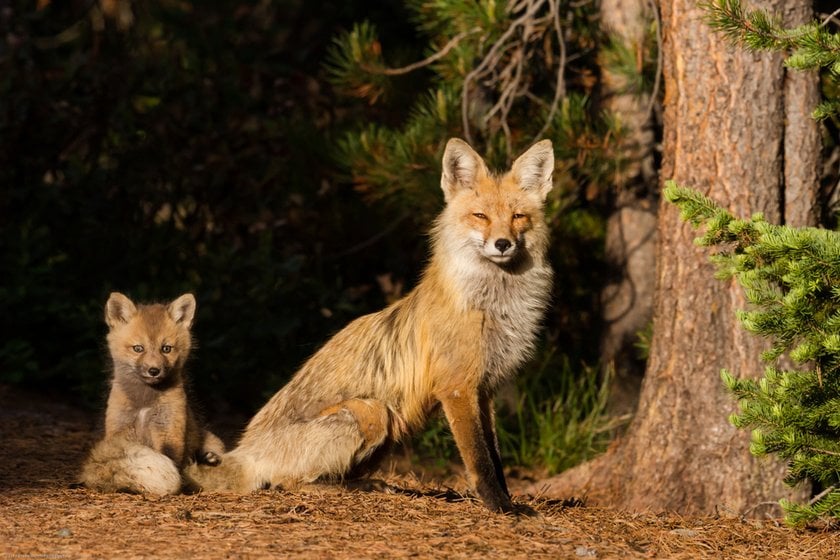
Respect the animals' space and minimize disturbance of their natural behavior. When photographing foxes, keep a safe distance and avoid intruding on their territory to avoid stressing them.
Avoid baiting foxes with food to manipulate their behavior for a photo. Instead, let these animals display their natural behavior without interference, capturing the real moments of their lives.
Respect these animals and help preserve fox habitats for future generations.
Safety Precautions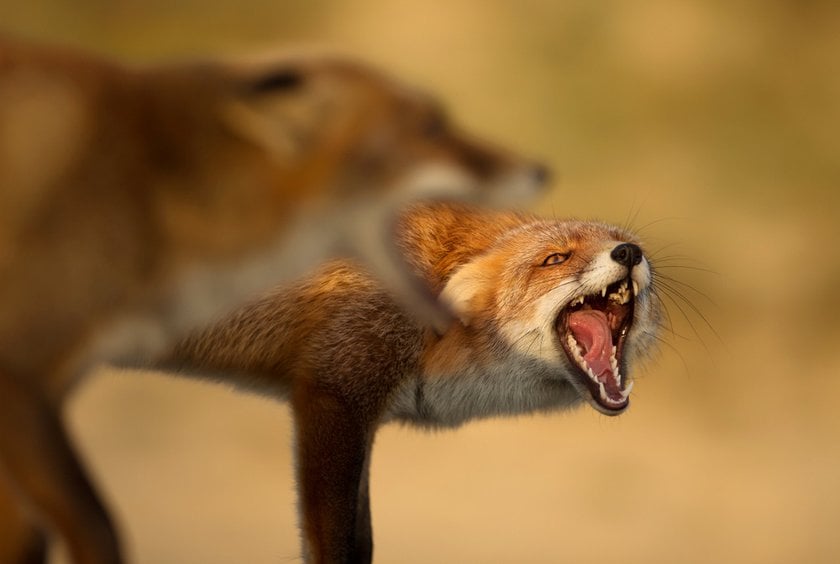
Although foxes seem cute, they are still wild animals with unpredictable behavior, which can be dangerous for you and the animal itself. Be careful when approaching foxes, especially in their natural habitats. Keep a safe distance so as not to scare the animals. And never try to touch or feed them! Always be aware of associated potential hazards, such as rough terrain or other wild animals.
Respect wildlife regulations and guidelines set by local authorities to avoid legal problems and maintain harmony with the environment.
Winter Foxes Photography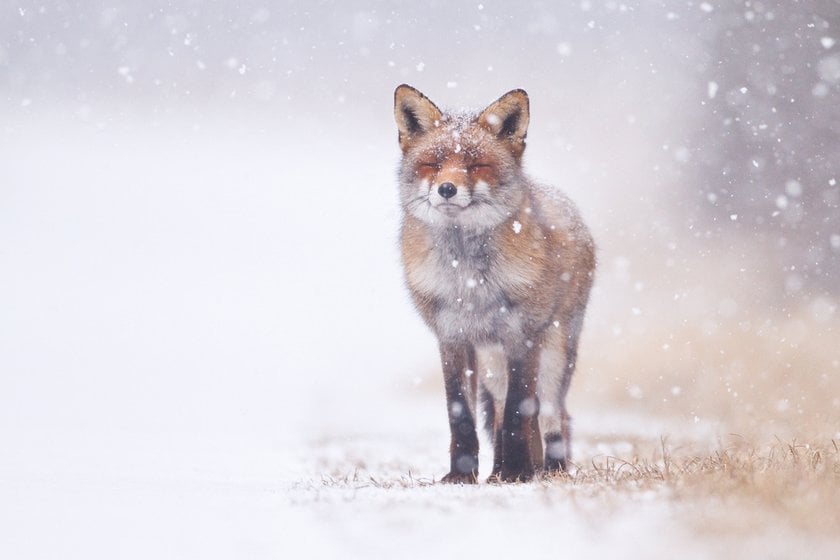
Winter offers a unique opportunity to take magical photos of foxes among snowy landscapes. The red fur contrasts sharply with the snow-white landscape, and the animals' playfulness makes the shots even more fascinating. In addition, macro shots of snowflakes on thick fur also delight the audience.
Dress warmly and prepare for the cold. You will have to spend a lot of time in the cold. Maybe even lying on the ground. No picture is worth your health, let alone life. Therefore, pay attention to preparation for winter hikes. If you neglect careful insulation preparation, then even if the fox does the best double backflips in front of you, you still won't be able to catch them because of your frozen fingers or shivering from the cold. You should also consider protecting the camera and related equipment from freezing and moisture.
Use natural light during golden hours for warm, soft lighting. Adjust your camera settings to compensate for the brightness of the snow, ensuring the correct exposure. Look for fox tracks or signs of activity in the snow to find potential targets. Patience is key, as foxes can be more active in the colder months. Also, experiment with composition to incorporate the snowy environment into your shots, adding depth and atmosphere.
Post-Processing and Editing with Luminar Neo
After taking stunning photos of foxes, the next step is post-processing and editing to enhance their visual appeal. With the Luminar NEO photo editor, you can easily enhance your images, keeping the scene's authenticity and emphasizing your main red-furred subject.
Start with basic manual adjustments like exposure, contrast, and saturation to make the fox's colors stand out against the background. Use Luminar Neo's advanced editing features, such as an Image Enhancer, to enhance details and hues. Try also other AI features like Sky AI to enhance the background.
Process animals in motion with automatic settings. Luminar also has a selection of separate tools for Editing Wildlife Photos. Try them on your fox's photos.
Experiment with creative effects like the Orton Effect or Golden Hour to add a magical touch to your fox photos while remaining true to the mystical atmosphere of the stage. Finally, be mindful of the delicate balance between enhancement and realism to preserve the natural charm of these adorable creatures.
Your AI-Powered Photo Editor for MacOS and Windows
DISCOVER NOW!Bottom Line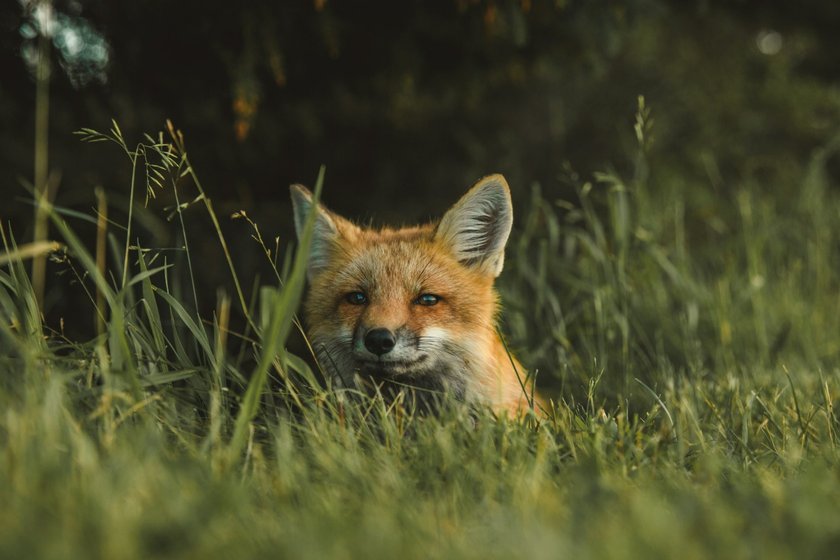
Wildlife photography is a fascinating activity that requires patience, skill, and a deep understanding of the animals and the techniques used in photography. By immersing yourself in foxes' natural habitats, mastering your camera settings, and following ethical considerations, you can capture truly magical images of these red creatures. Remember to approach fox photography with care, always putting the welfare of the animals and their environment first. With dedication and practice, you'll learn to create unique shots that grab and delight your audience's attention.















